In the realm of technological advancement, artificial intelligence (AI) has emerged as a revolutionary force, reshaping industries and challenging traditional notions of human capabilities. One intriguing frontier that AI has ventured into is creativity – a trait long considered the exclusive domain of human beings. The question that looms large in this evolving landscape is whether machines can genuinely be creative. Can algorithms and neural networks generate art, music, literature, and other forms of creative expression that rival the creations of human minds?
Defining Creativity
Before delving into the potential of AI-powered creativity, it’s essential to understand what creativity entails. Creativity is the ability to produce novel and valuable ideas, solutions, or expressions that resonate with others and contribute to a field or society as a whole. It’s an intricate blend of imagination, intuition, insight, and originality that stems from the depths of human cognition.
AI and Creativity: The Evolution
In the early stages of AI development, the primary focus was on tasks that required logical reasoning and data analysis. However, as AI algorithms evolved, researchers began to explore their potential in creative domains. Early experiments involved generating simple art pieces and music compositions using rudimentary algorithms. Over time, as AI models grew more complex, their ability to mimic human creativity improved significantly.
Generative Models and Creativity
Generative models, particularly those built on neural networks, have become the cornerstone of AI-powered creativity. These models, like Generative Adversarial Networks (GANs) and Variational Autoencoders (VAEs), are designed to generate data that is similar to a given dataset. When applied to creative domains, they can generate art, music, poetry, and more, often indistinguishable from human-created content.
AI in Creative Domains
Art: AI-powered algorithms have produced artwork that has been showcased in galleries around the world. From paintings to sculptures, AI-generated art challenges perceptions of authorship and the artistic process.
Music: AI can compose music across genres, analysing existing compositions to generate pieces that sound remarkably human. It has even collaborated with human musicians, blurring the lines between man and machine.
Literature: AI has been used to generate poetry, short stories, and even entire novels. While some works are experimental, others have garnered attention for their intriguing narratives.
Design: In fields like graphic design and architecture, AI algorithms can aid in generating aesthetically pleasing and functional designs based on predefined parameters.
The Creative Process: Human vs. Machine
Critics argue that AI-generated creations lack the emotional depth, context, and personal experiences that human creators infuse into their work. The spontaneity and raw emotion that often drive human creativity can be elusive for machines. Moreover, AI’s output is heavily reliant on the training data it has been exposed to, potentially limiting its originality.
AI as a Collaborative Tool
Rather than replacing human creativity, AI could be viewed as a collaborative tool that enhances human expression. By automating certain processes, AI can free up creators to focus on higher-level conceptualization and ideation. It can aid artists in exploring new styles, musicians in experimenting with different compositions, and writers in generating ideas for narratives.
Ethical and Philosophical Implications
The rise of AI-powered creativity raises significant ethical and philosophical questions. As AI systems produce content that is virtually indistinguishable from human-created work, issues of authorship, intellectual property, and the nature of art and creativity come to the forefront. Determining the value and originality of AI-generated content poses a challenge to existing frameworks.
The Verdict: Can Machines Be Creative?
While AI has demonstrated an impressive ability to generate creative content, the essence of human creativity is deeply rooted in subjective experiences, emotions, and conscious awareness. AI lacks the inherent consciousness that drives human imagination. Therefore, while AI can replicate patterns and styles, it has yet to achieve true creativity in the human sense.
However, the very nature of creativity is evolving. The creative landscape is expanding to include AI as a collaborator and facilitator, leading to hybrid creations that push the boundaries of artistic expression.
The question of whether machines can be creative is nuanced and multifaceted. While AI has undoubtedly made strides in producing creative content, the distinct qualities of human imagination and consciousness remain unparalleled.
As technology continues to evolve, the dynamic between human creators and AI-generated content will likely undergo profound transformations, shaping the future of creativity as we know it.





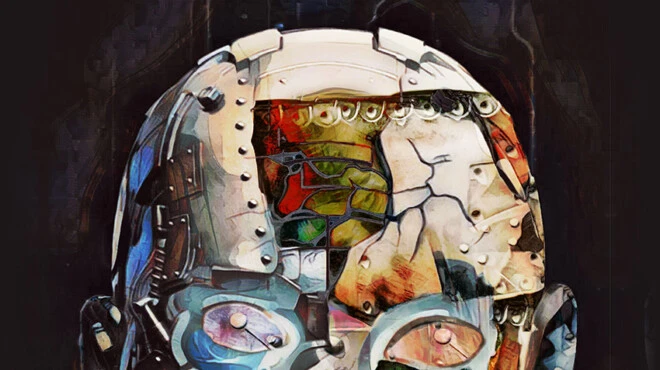
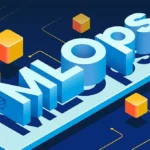
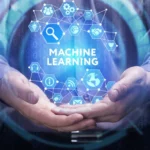
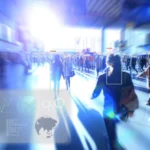



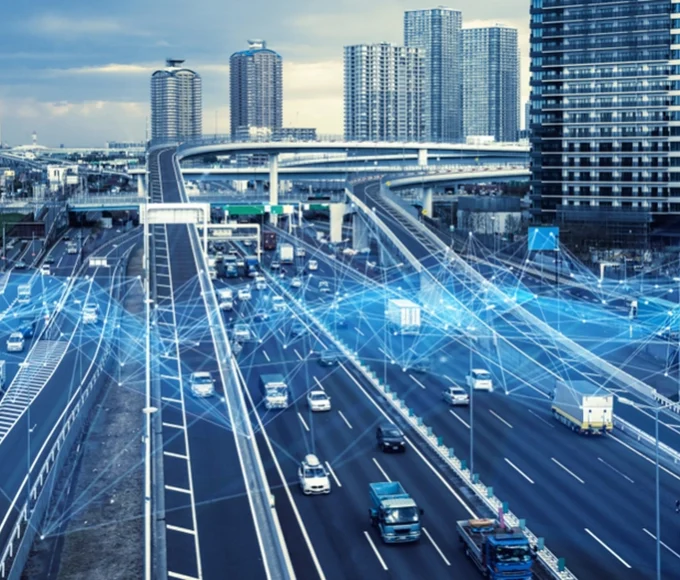
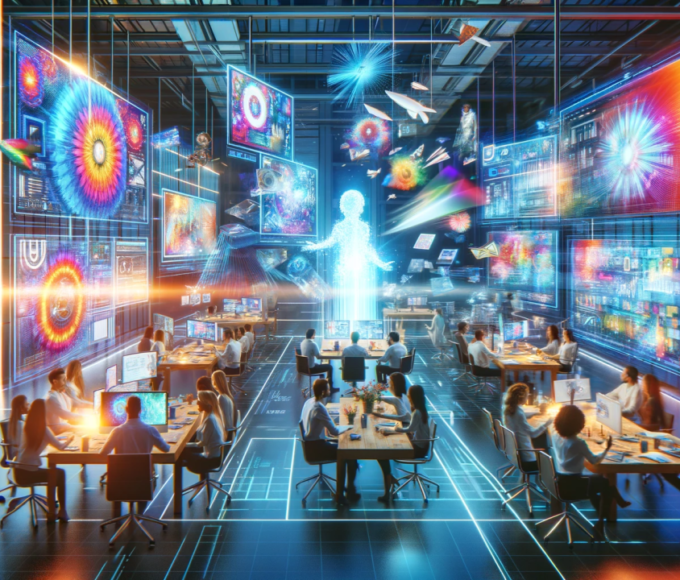
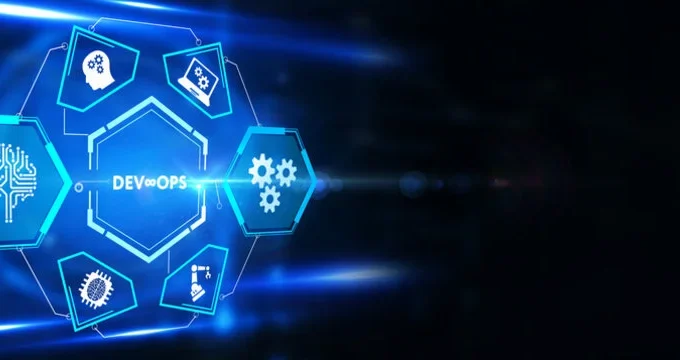
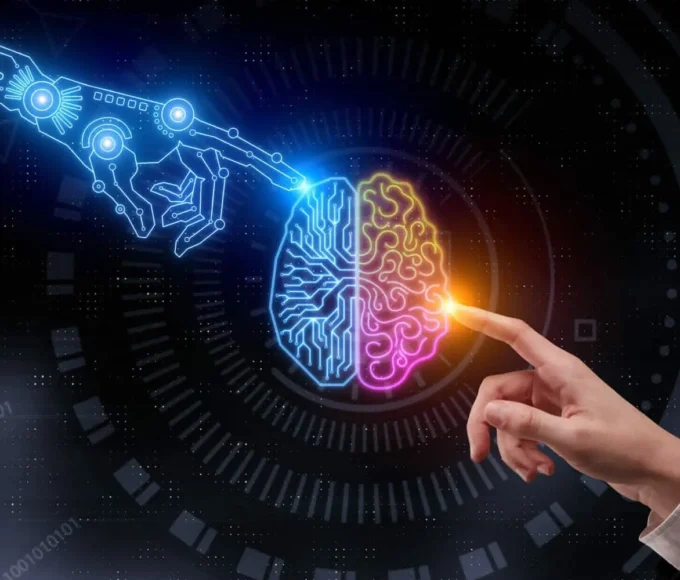
Leave a comment